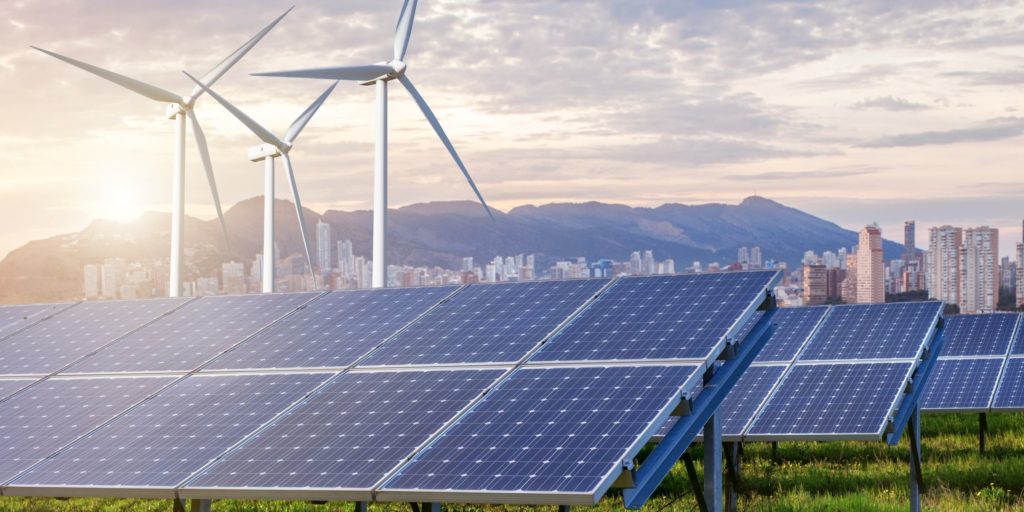The research combined a photovoltaic material known as C60 fullerene, and magnetic electrodes of cobalt and nickel-iron, with spin valves – devices frequently used in magnetic memory and sensors – the result is a solar cell which the researchers say “offers a new way for solar cells to convert light into electricity”.
“The device is simply a PV cell,” explains Luis Hueso, leader of the nanodevices group at CIC nanoGUNE, speaking to IEEE Spectrum. “However, we are using magnetic electrodes (cobalt and nickel-iron) rather than standard indium-tin-oxide and aluminum.” Hueso goes on to explain that the use of magnetic electrodes creates what is known as a spin polarized current, which the researchers say increased the efficiency by 14% compared to cells using a regular electrode.
The researchers set out to develop a device with both a photovoltaic effect and a spin transport effect – something which had not previously been done. A side of this design is the conversion of the current from DC to AC. The current inversion, explains Hueso, is caused by a magnetic field, and the fact that the current inside the device comes from two sources – the light and the electrodes.
C60 fullerene was used to create this cell as it was already known to be a photovoltaic material which could sustain the spin polarization of electrons. The material, however, is not particularly efficient as a solar absorber, and was only used in this study to provide proof of concept. The researchers say they will now work on similar devices using more efficient materials.
While he acknowledges that a lot more work is needed, lead researcher Hueso says that he does believe that a commercial device acting as both solar module and inverter will be possible in the future.
This content is protected by copyright and may not be reused. If you want to cooperate with us and would like to reuse some of our content, please contact: editors@pv-magazine.com.




Can you say anything about the cells efficiency so we can compare it?
Hi Jochen,
I don’t have figures on the cell efficiency, I don’t think it is anywhere near commercial levels at this stage though.
Is there any more information i can read regarding your work? I am an interested college student studying solar cells.